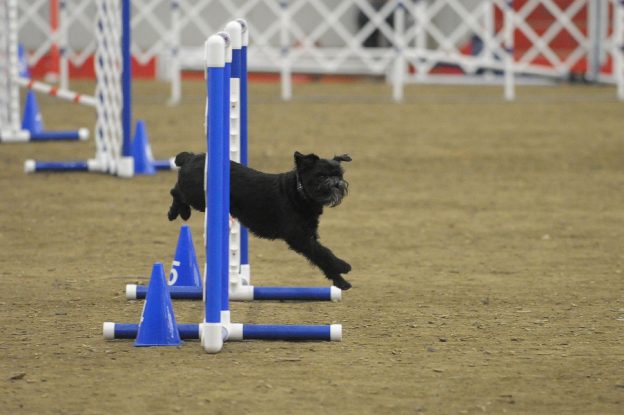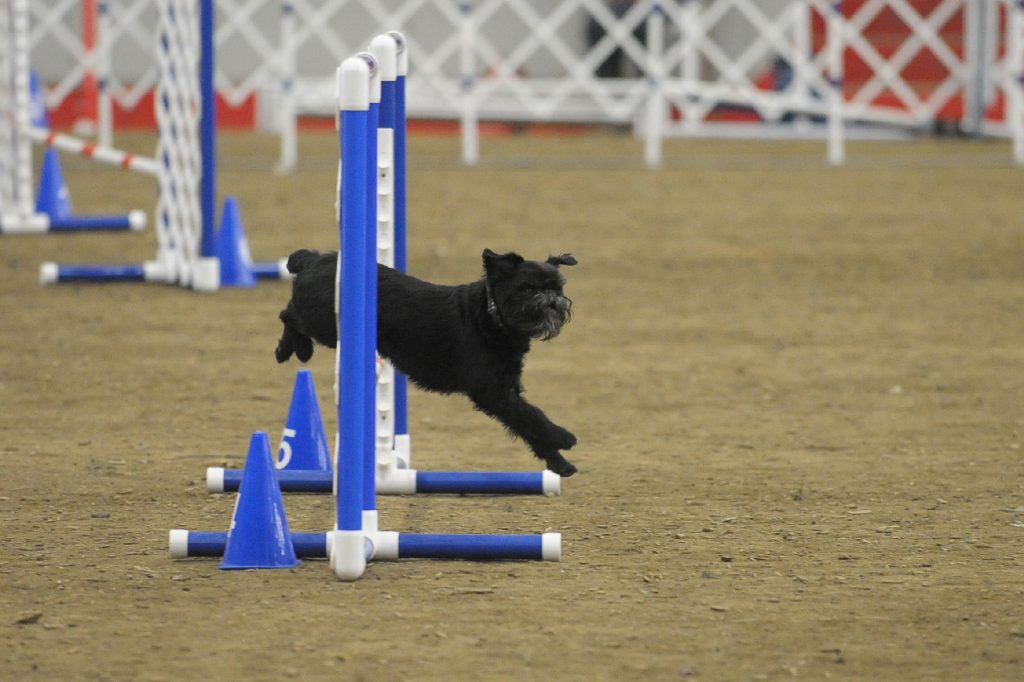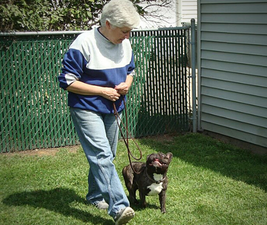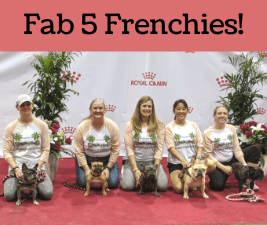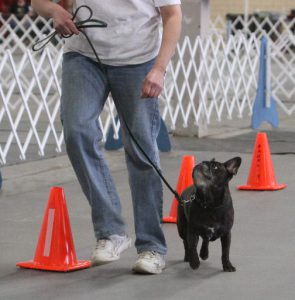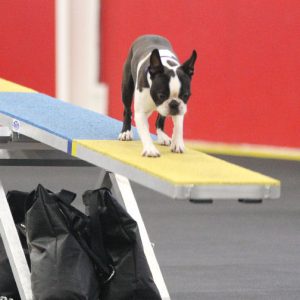Last week we encouraged you to have more fun with your dog. This week we’re going to give a (very) brief overview of some of the dog sports that are out there to play. Some, like Obedience and Agility, you’ve probably heard of. You may even have taken a class or two or seen a televised competition. Those are just the tip of the iceberg. There’s lots of different sports with vastly different levels of activity and training – for you and your dog.
Just off the top of our head we could come up with a dozen and a half. Our list may not be inclusive, but it provides a jumping-off point for you. There are so many things you could do to have more fun with your dog.
Dog Sports:
This is the list of dog sports we came up with – in no particular order but how we thought of them:
Obedience: Probably the most formal of the dog sports, and the one for people who don’t like surprises. Every level of obedience competition has a set group of exercises, always done the same way. This is for people (and dogs) who like attention to detail and no surprises.
Rally Obedience: Rally was introduced as a more casual introduction to Obedience, but has blossomed and become a popular sport all on its own. Like Agility, every time you perform a Rally course, it’s a different challenge, although the skills you use repeat. It’s a timed sport, at a walking pace. Most of Rally involves heeling in different configurations, like serpentines, or turns from 180 to 360 degrees.Your dog will also need to know “Sit!,” “Down,” “Stand!” and “Stay!”
Agility: Running and jumping, with tunnels, climbing obstacles, and equipment that moves, like the see-saw. Agility is a fast-paced sport that requires you and your dog to think on your feet quickly.
Nose Work: This sport takes advantage of dogs’ natural ability to detect scents in different environments with many challenges. There are four primary scents you train your dog to find in AKC Nose Work; Birch, Anise, Clove, and Cypress. It’s like a scavenger hunt for dogs. Your job is to recognize your dog’s signal when they find the hidden scent.
More to play:
There is a dog sport for everyone, even if you’re not a competitive person. Most people just want to have fun with their dogs. That’s something we can all agree on.
Barn Hunt: Also uses the dog’s natural instincts. In this case, to find rats (secured in a tube they’re trained for) hidden among bales of hay. It involves climbing, tunneling, and scenting. Your job, as in Nose Work, is to recognize when your dog finds the hidden rat tubes.
Lure Coursing: A sport for Sight Hounds, including the Italian Greyhound. Dogs chase a mechanized white plastic lure that’s pulled around a track. Sight Hounds are designed to run, and this sport lets them do what comes naturally!
Fast CAT: The “CAT” stands for Coursing Ability Test. This is a 100 yard dash that every dog can play. As in Lure Coursing, there’s a mechanized lure that the dogs chase. One dog runs at a time, so it’s just your dog against the clock. For dogs who love to run, this is a chance to show off their natural ability.
Disc Dog: For dogs who love to catch things and play fetch. There are all kinds of Disc Dog games, and, quite honestly, we haven’t researched all the ins and outs. But if you’re pretty good at disc throwing, and your dog loves to retrieve, this may be your dog sport.
Freestyle: also known as “dancing with dogs,” is for creative people who love music, dance, and playing with their dogs. The routines people put together are remarkable and impressive, but there’s plenty of room for novice handler/dog teams as well.
Trick dog: Your dog can start earning titles and showing off with tricks we’d bet they already know. Can your dog “Spin!” ? or jump through a hoop? Those are just a couple of the 10 tricks dogs can perform to earn the Novice Trick Dog title. At the upper levels of the sport people choreograph entire stories to tell, with props, costumes, and a script.
Enough for now?
Are you starting to get an idea of the vast number of choices available to you? We’re just getting started. If any of these sound interesting, do an internet search for that sport “near me.” You’ll get an idea of the dog clubs, facilities, and possibilities in your area.
And if none of these sound like you and your dog, you can also look for:
- Urban Ratting
- Tracking
- Flyball
- Treibball
- Dog Diving
- Earth Dog
- Weight Pulling
- Canicross
- Skijoring
- Bikejoring
If there are some we’ve neglected to mention, please let us know. Dogs are wonderful companions and yours will be happy to be your partner in whatever adventures you choose.
Enjoyed this post? Click here to sign up for the weekly newsletter and never miss another!









